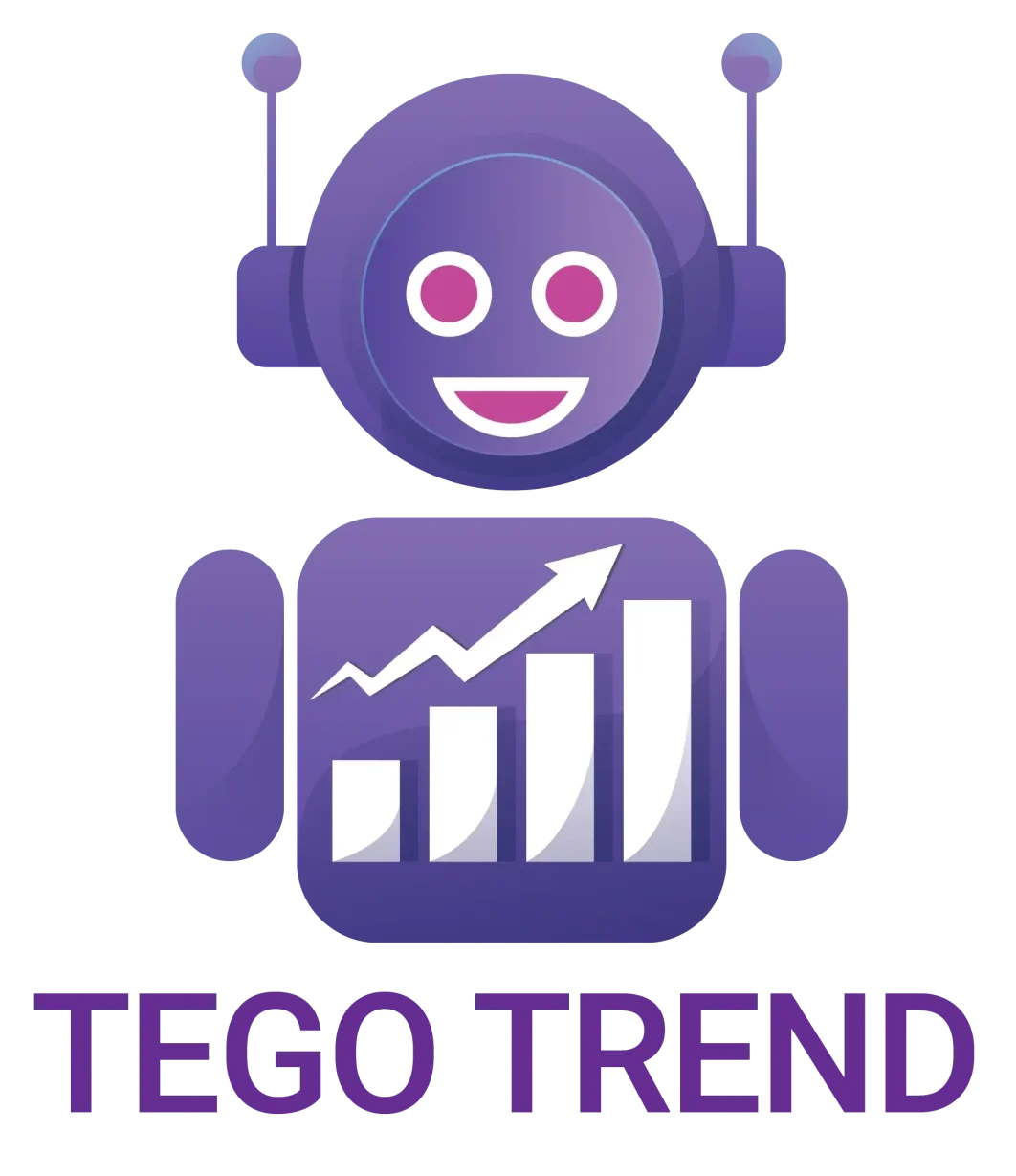The History of Algo Trading.
A Journey Through Time from Inception to Artificial Intelligence .
Algo Trading may seem like a modern achievement today, but it is actually the result of developments that date back decades. Algo Trading relies on the use of systems and software that operate according to programmed rules to execute trades automatically, allowing traders to carry out transactions with speed and efficiency that surpass human capabilities. From here, we will take you on a journey through time to understand how this field has evolved from its humble beginnings to the era of artificial intelligence we live in today.
Beginnings: The Emergence of the First Computerized Trading Systems (1970s)
In the 1970s, Algo Trading began to take its first steps in financial markets. At that time, early computer systems emerged that were used by institutional investors to help them manage large trades. These systems were not as complex as they are today, but they played important roles such as calculating trade sizes and determining the optimal timing for execution.
The systems used during this era relied on manual order entry, while computers were employed to support analytical processes. Despite the limitations of these tools, they paved the way for greater transformations.
The Evolution in the 1980s: Algorithmic Trading
By the 1980s, technology had advanced significantly, allowing for a wider use of computers in financial markets. The emergence of the term "algorithmic trading" marked the actual beginning of the Algo Trading era as we know it today.
During this period, investors and large financial institutions began designing simple algorithms based on Moving Averages and some other technical indicators to execute trades automatically. These algorithms followed specific rules precisely, such as buying or selling when the price exceeded a certain level of the moving average. Despite the simplicity of these systems, they provided investors with new ways to capitalize on market movements.
The 1990s: The Revolution of Electronic Trading
During the 1990s, we witnessed a revolution in electronic trading platforms thanks to advancements in technology and the widespread use of the internet. These platforms provided traders with the ability to access global markets and execute trades at unprecedented speeds.
In this era, Electronic Communication Networks (ECNs) emerged, allowing trading after official working hours. This innovation had a significant impact on increasing the efficiency of financial markets and the speed of trading. More complex algorithms began to be developed, relying on diverse data sources and advanced mathematical equations, enabling traders to execute intricate strategies with remarkable speed and high accuracy.
High-Frequency Trading (HFT) at the Beginning of the 21st Century
With the dawn of the new millennium, a new type of Algo Trading known as High-Frequency Trading (HFT) emerged, which brought about a real breakthrough in financial markets. These systems rely on executing millions of trades in a single day by taking advantage of small price discrepancies that occur over very short periods.
High-Frequency Trading depends on ultra-fast algorithms, which require advanced servers and robust technological infrastructure to execute trades in less than a second. This type of trading was capable of generating significant profits in a short time, but it required substantial investments in technology and infrastructure.
Algo Trading in the Modern Era: Artificial Intelligence and Machine Learning
Today, we find that advancements in the field of Artificial Intelligence (AI) and Machine Learning have elevated Algo Trading to a new level. Algorithms can now learn from themselves and improve over time based on the data they analyze.
Modern Algo Trading no longer relies solely on simple technical indicators; these systems can analyze vast amounts of data in real-time, including economic data, global news, and even social media indicators. These systems can predict market movements based on a wide range of factors, helping traders make more accurate and timely decisions.
Examples of Algo Trading in Financial Markets
For instance, there are algorithmic systems today that can execute buy or sell orders as soon as certain conditions in the market are met. If the price of a particular stock exceeds a certain level of technical support, the algorithm can automatically execute a buy order. At the same time, if market volatility occurs due to significant economic news, the algorithm can adjust its strategy based on real-time analysis.
In the forex market, algorithms are used to execute rapid trades based on important economic news data, such as employment reports or monetary policy announcements from central banks. This type of trading helps achieve quick profits from momentary market fluctuations.
The Future of Algo Trading: Where Are We Going?
With the continuous advancement in artificial intelligence and big data technologies, Algo Trading is expected to continue evolving and growing. Algorithms will become more complex and intelligent, allowing them to better adapt to markets and analyze variables with greater precision.
We may also witness the emergence of new technologies such as swarm intelligence-based trading, where data from millions of traders and investors is used in real-time to identify future market trends. This type of trading will have the potential to enhance efficiency and accuracy like never before.
Prepare for the Future of Algo Trading
By understanding the history of Algo Trading ,we can see how technology has transformed the way financial markets are traded. From the simple tools used by institutional investors in the 1970s to the complex algorithms powered by artificial intelligence today, it is clear that Algo Trading has forever changed the landscape of the markets.
How can you benefit?
For investors, understanding the history of Algo Trading can be crucial to their strategies. If you want to successfully invest your money, it is important to be aware of how algorithms and Algo Trading tools available in today's markets are used. Ultimately, Algo Trading remains a powerful option for achieving profits quickly and efficiently. But like any advanced technology, it must be used with caution and a thorough understanding of its characteristics and limitations.


